Cape Town has plenty of interesting fruit due to a favorable temperate climate. Winters are cold, but not nearly as cold as European winters. Summers are very hot. Yet the weather isn’t tropical nor humid. It’s dry heat, which peaks at around 40 degrees Celsius in December.
So you won’t find tropical fruit farms in the Western Cape Province. Instead, the most popular fruit is grapes. Which is why the Cape is considered the wine region of South Africa. As witnessed in recent years, there is an occasional threat of droughts in the Western Cape region, thus water conservation is often encouraged. Now, let’s investigate a few of the tastiest and most interesting fruits of the Cape.
Contents
Sour Figs
Sour figs are in season around May to July, which is right after normal fig season in April. It’s a naturally dry cactus type fig, which you’ll enjoy if you’re into unusual tastes. You don’t eat the outer shell. Instead, bite the tip off the dry sour fig, then squeeze and suck out the seedy liquid in the centre.
The taste is strongly reminiscent of sour worm candy. But obviously it’s much healthier and completely natural. Sour figs are cheap at around $1.50 (R20) per bag. Some sour figs contain more nectar on the inside, thus tastes better, while others are small and dry. The larger plump ones are the best.
Sour figs definitely don’t have an indefinite shelf life. It’s relatively soft when fresh, but if you chuck it in your refrigerator or storage cabinet for a few weeks, you’ll notice it becomes very hard and inedible. The juicy liquid inside dries up. So my recommendation is to eat it within a week of purchase. Also try to make sure it’s fresh before you buy. In the past, I’ve bought sour figs at Food Lovers Market. Then when I got home I noticed it was already past its shelf-life. These dry sour figs are only usable for processing into jam.
The most popular recipe is sour fig jam. This involves soaking the figs overnight in water, peeling the next day, then boiling it. I recently tried this jam, and it tastes great on whole wheat bread. The only ingredients are sour figs and sugar. Sour fig nectar is sweet enough by itself. Thus, the added sugar of the jam makes it less friendly to those who are carb-conscious.
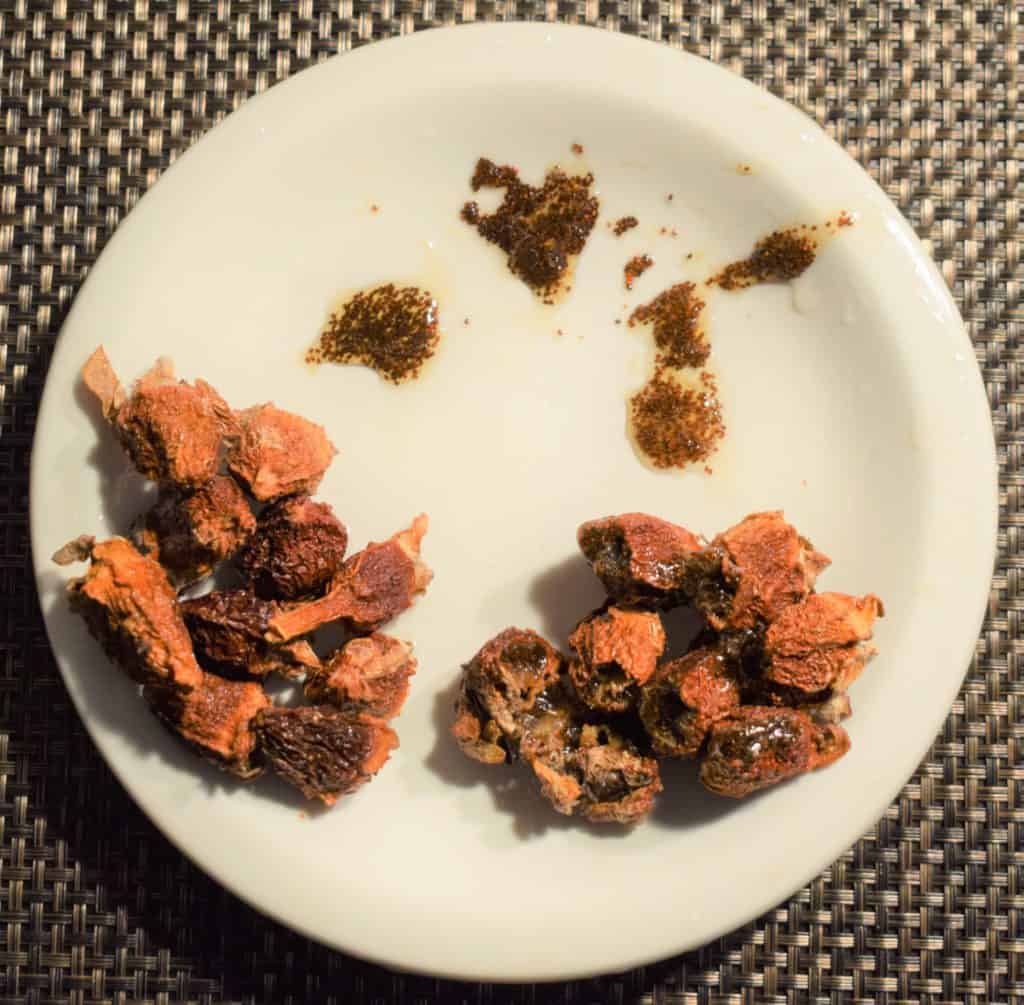
Kumquat
Kumquat is a weird little fruit, both in taste and appearance. It looks like a tiny orange, although it’s oval, and not round – roughly the same size as a quail egg. You are supposed to eat the kumquat whole. This can be daunting, as you won’t eat an orange’s skin, thus why the kumquat? On the plus side, the juicy inner part tastes very decent. So you could potentially bite it in half, then suck out the juice, while spitting out the skin. Eating it whole is healthier though – although it’s an acquired taste.
Kumquats are nowadays one of my favorite Winter fruits. Partially because of these great health benefits:
- It boosts your fibre intake for the day.
- Typical of citrus fruits, Kumquats are a very good source of Vitamin C.
- It contains a notable amount of Vitamin A, which nourish the eyes, as well as boosting the immune system.
- The potent anti-oxidant Limonene can also be found in the Kumquat peel, with its anti-cancer benefits.
Apart from eating it raw, kumquats are often made into a sweet jam. The skin softens when cooked, rendering it easily edible. The kumquat retains its shape in the jam.
Since it’s not a mainstream fruit, its not always that easy to find around Cape Town. But keep your eyes peeled around the middle of the year in citrus season.

Naartjie
Long ago when I visited Europe, I was surprised that I couldn’t find any Naartjies. Yet, there are oranges and grapefruits everywhere in Europe. However, the naartjie is something I’ve only ever eaten in Cape Town, and it’s often dirt cheap (e.g. R10 per pouch). Basically it’s an easily peel-able, well-segmented orange, also more tangy in taste. The smallest naartjies you can pop whole into your mouth, after peeling. Similar to oranges, naartjies can also be juiced.
Related fruits in this soft citrus category include Satsumas, Mandarins, Tangerines, Clementines, and other “easy-peelers”. Some of these can be found outside South Africa as well e.g. in Europe.
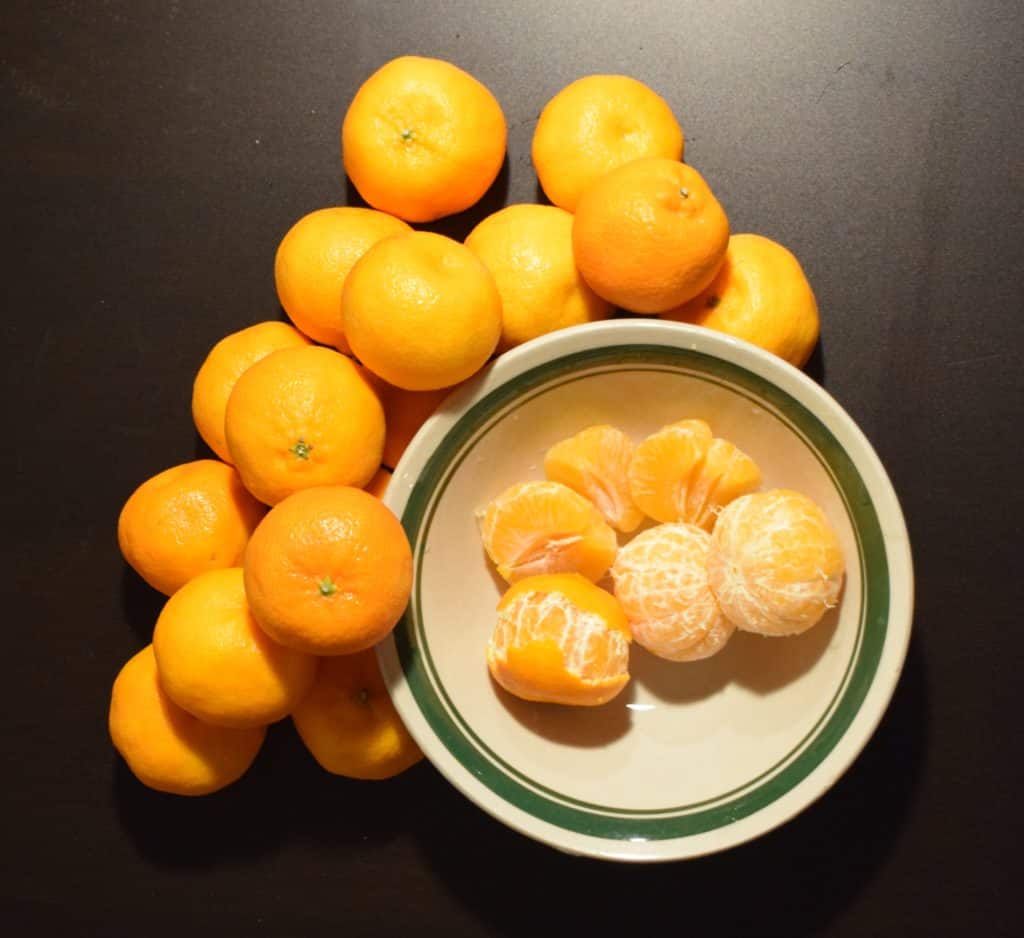
Pomegranate
Pomegranate is a reddish brown crimson-colored fruit, containing bright-red arils inside, as well as white fibers. It has numerous health benefits, such as helping to fight atherosclerosis (aiding cleaner arteries), anti-oxidants to prevent cancer and boost general health, improving brain health (including fighting Alzheimers), immune system boosting, and potassium for heart health.
South Africa is one of the main pomegranate producers in the Southern Hemisphere. While 80% of the production occurs in the Western Cape Region. However, as a fruit it’s not locally as popular as it is in Turkey and Israel. When I visited Turkey, I bought a pomegranate juicer and imported it into South Africa. Without a good juicer, there’s not that much you can do with pomegranates. Sorting through the white flesh and the pips can be a hassle, unless you buy the separated pips at some grocery stores. But with the right juicer, simply cut it in half, flip the lever and squeeze out the juice.
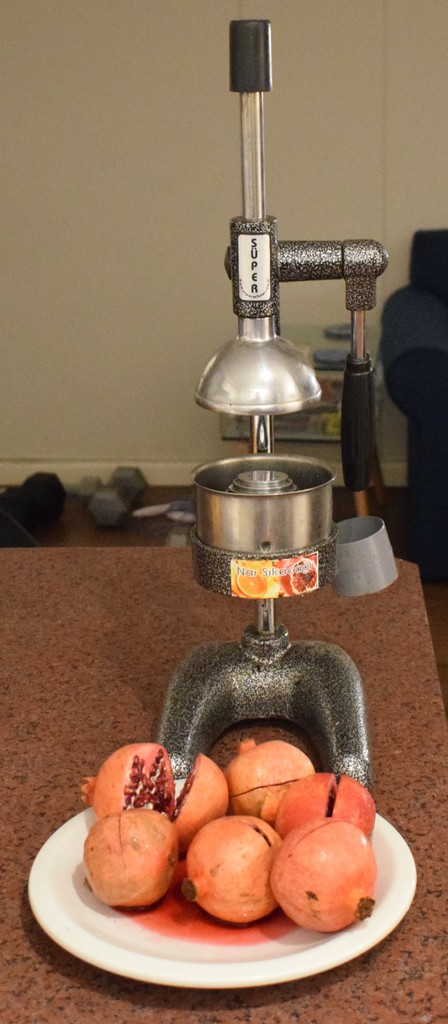
You could order a high-quality pomegranate juicer at Amazon (get a price here). These juicers are also used for citrus fruits (like below).
In season, pomegranates are cheap in the Cape. Out of season it’s very expensive. The local season is from March to May.
If you want to get the heart-healthy benefits of pomegranate, but don’t have access to fresh pomegranates, check out the pure concentrated pomegranate juice at I-Herb, otherwise the pomegranate extract capsules.
Cape Gooseberries
The Cape Gooseberry (scientific name: Physalis peruviana), is a small yellow berry, known by different names around the world including Incan Berry or Goldenberry. The taste is less sweet than blueberries, raspberries and blackberries, which is why it’s not as popular with consumers. It has more in common with tomatoes than regular berries, as it’s from the “Nightshade” plant family.
The most unusual trait of Cape Gooseberries is its protective husk. Another nightshade plant with a husk, is the green Tomatillo (grown and used for salsa in Mexico). Gooseberries are unusually sweet for a nightshade plant. Thus, as far as I’m concerned, it tastes very good. Although, it’s not the cheapest fruit around.
It contains a good mix of vitamins and minerals, including Vitamins A, B and C, potassium, iron and phosphorous.
Dried Gooseberries tastes as good as the fresh ones, and it’s a great energizing snack. Thus, grab a bag of Dried Golden/Goose berries at I-Herb. Lastly, you could even juice them. However, since gooseberries aren’t cheap, rather eat it whole.
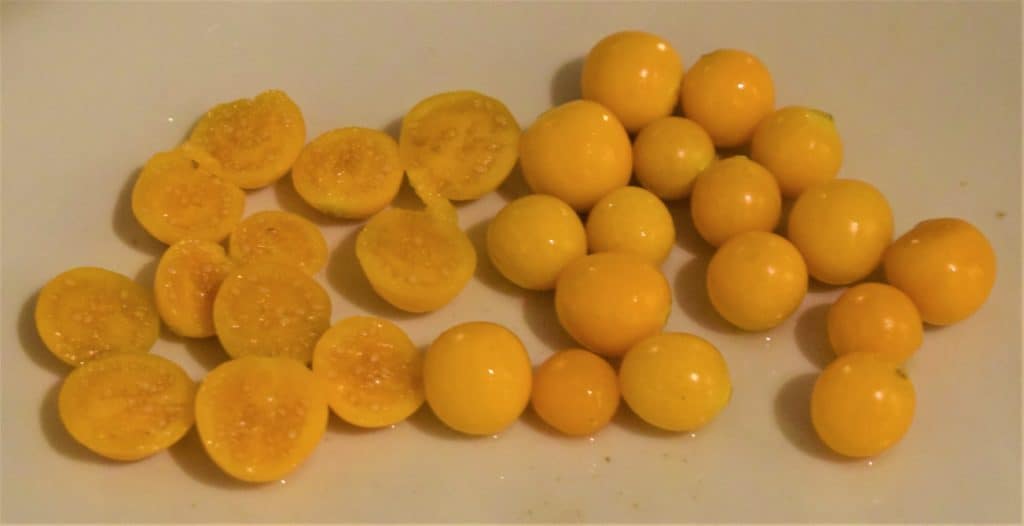
Guava
Guavas are originally from Central America. Brought to the Cape by the Portuguese in the colonial era. Locally we’ve grown so accustomed to guavas, that most don’t realize it’s not an indigenous fruit.
The skin of the ripe guava can be either yellow or green. While the inner flesh is pink with small edible yellowish seeds. It’s sweet with a creamy texture, and can be added to smoothies, or eaten raw. Guavas are often also de-skinned and canned with syrup, then served as a dessert in the Cape, along with ice cream. It tastes good, but served this way, guavas are unnecessarily high in calories. Plus, you should also eat the healthy skin of the guava.
Health benefits of this fruit include plenty of vitamins and minerals to e.g. boost immunity and improve general well-being, plus fiber which helps lower cholesterol.
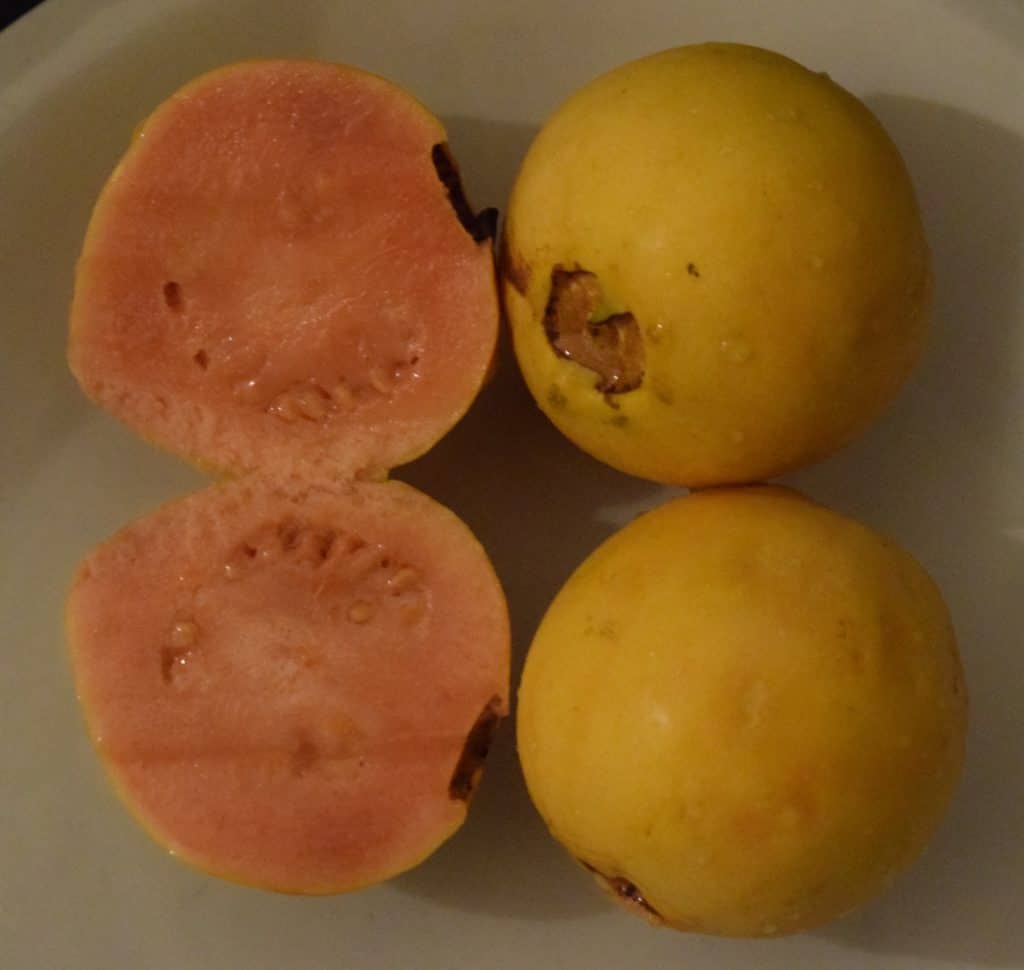
Persimmon
Persimmon (a.k.a Sharon Fruit) is sweet with custard-like flesh and a nice creamy texture. Although the skin itself is slightly thicker than e.g. tomatoes or apples, you can bite through and eat the skin as well. However, it’s easier to eat by cutting it in half. The appearance (not the taste) most resembles an orange-colored tomato.
Persimmons are a less common fruit in Cape Town (and generally everywhere). But since it’s so unique, with a pleasant sweet taste, and an array of vitamins and minerals, it’s worth trying.
Dried persimmons are sometimes sold in health-stores. Furthermore, you could add fresh persimmons to smoothies.
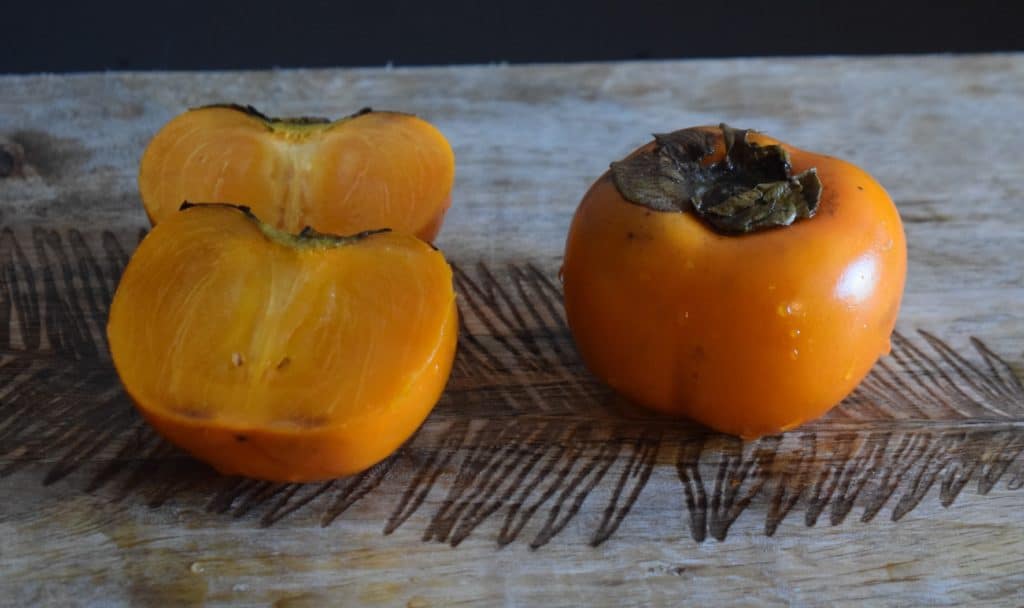
Watermelon
Watermelon was already featured in my Banana-watermelon smoothie recipe. However, since it’s such a popular Summer fruit in Cape Town, we’ll mention it here as well. Watermelon is great for juicing, since it contains 90% “water”, filtered naturally through the roots of the squash-like watermelon plant. For example, prepare watermelon lemonade by combining the juice with lime or lemon. Or mix it with any other fruit.
Some varieties contain more brown seeds than others. It’s safe to swallow these seeds. Sometimes the seeds get dried and served as a snack. The only part you can’t eat is the green skin. The flesh is sweet, with a light crunchy texture. Grab a slice with your hands by the green skin. It’s a popular beach fruit. Easy to transport. Feeds 10 or more people at the same time when sliced with a kitchen knife. Gives energy and tastes nice.
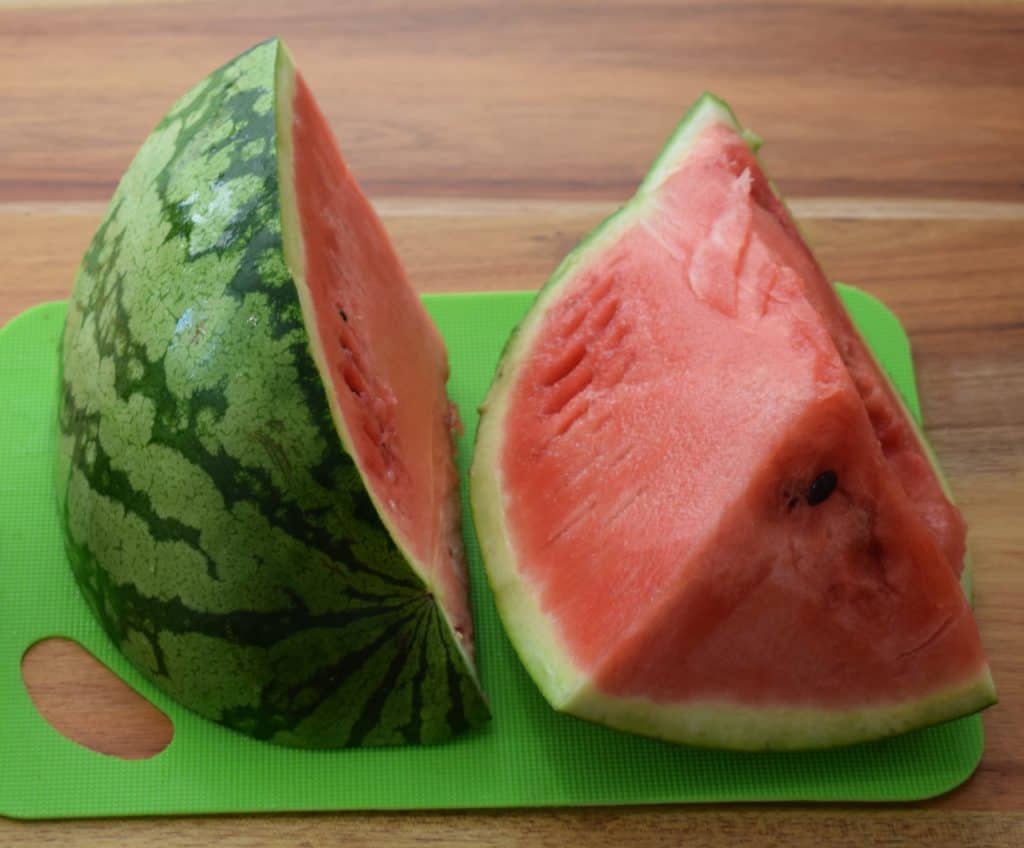
Cantaloupe (Spanspek)
Cantaloupe is locally known as Spanspek, which is an Afrikaans translation of Spanish Bacon (“Spaanse Spek”). This fruit is locally often served for breakfast along with bacon and eggs. The Spanish connotation stems from the Spanish wife of a former Cape Colony governor, who preferred Spanspek instead of bacon for breakfast.
It’s a very popular Summer fruit in South Africa. Orange in color, with a sweet taste and pleasant creamy texture. Moreover, there are other colors available, like green or yellow-fleshed melons, but the orange variety is the most popular with the best taste.
Although most people would scoop out the seeds and throw it away. You could simply throw the seeds along with the flesh into a blender and make a delicious healthy smoothie. Otherwise, if you’re into gardening, plant the seeds to grow your own Cantaloupe in the Summer. Since it’s a robust plant and fruit, it’s a little easier to grow in your garden than watermelons.
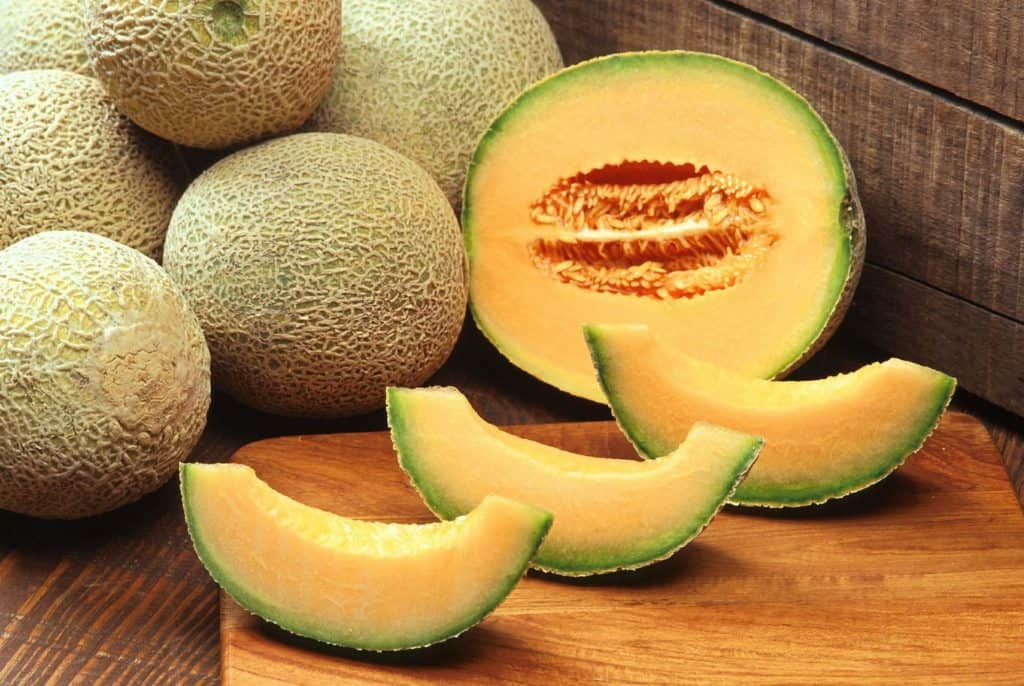
Figs
Fig season is more or less from January to end-April. With high natural sugar content, it’s no surprise that its a very popular fruit in South Africa. Some varieties have softer edible skin, and sweeter flesh than others. These top varieties, like the Adam’s Fig, can be expensive. While the less sweet varieties are very cheap.
Since it’s high in sugar, be warned to take preventative measures against birds stealing your figs as soon as it’s ripe. Perhaps these birds are also well-aware of the balanced mineral and vitamin content of this Cape fruit.
If you don’t have figs freely available in your country, order some preservative-free organic dried smyrna figs at I-Herb (get an up-to-date price here). “Smyrna” refers to the fact that these figs require cross-pollination from other fig trees, otherwise the fig will tumble to the ground before it’s ripe. Bonus is that once ripe, it has an tasty nutty flavor.
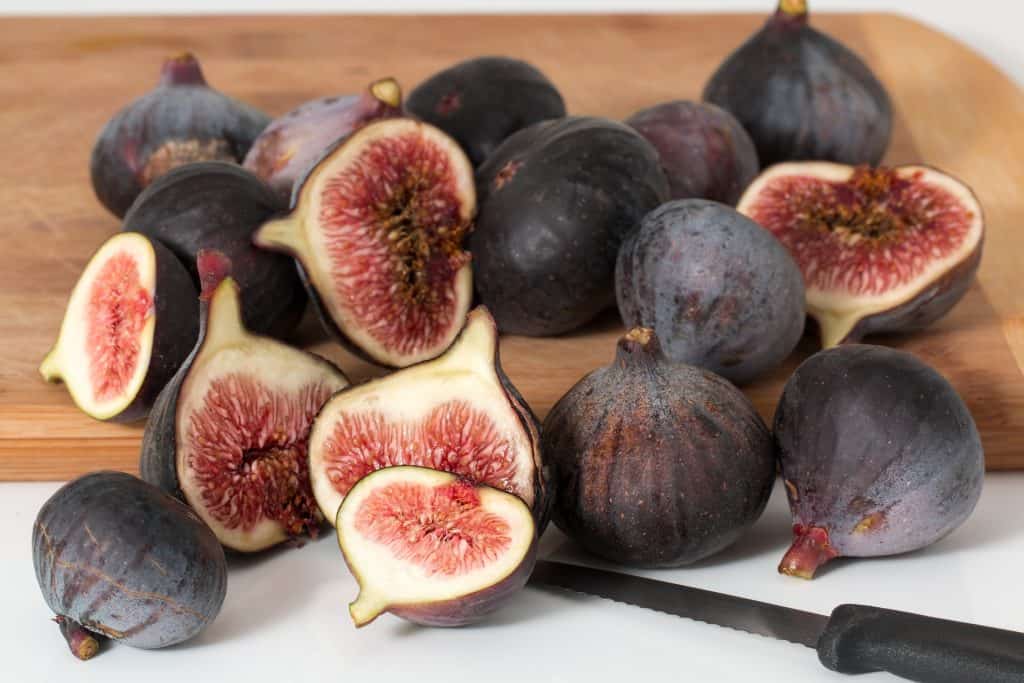
Grapes
The cape region’s grapes are either table grapes, for eating, or wine grapes which get processed into wine at wine cellars. You can eat wine grapes fresh. But it’s smaller in size and generally only intended for fermentation into wine. Table grapes are larger in size, and more enticing to customers to eat fresh. These grapes are sometimes treated with plant hormones while still on the vine, which increases the size of the grape bunch to look more appealing to customers.
The most popular grapes are often the seedless varieties (e.g. Sultana). But make no mistake, grape seeds are very anti-oxidant rich. To such a degree that there are supplements available consisting purely of powdered grape seed extract (click here for a price at I-Herb). Thus think twice before you only ever eat seedless grapes.
Grapes come in different colors, such as red, pink, green and yellow. The difference between red wine and white wine, is that for red wine, the grape skins are left in the fermentation tanks, while white wine discards the grape skins. Red wine also tends to use red grape varieties, while white wine tends to use yellow or green grapes.
Lastly, grapes are often dried in the sun, and converted into raisins. Raisins are high in sugar, thus necessary to limit in a carb-controlled diet. Still, it’s an useful ingredient in many recipes, snacks and deserts. It’s a very popular snack in the Cape’s wine region. Recommended for kids who need this natural source of energy to grow. Plus, it’s a decent natural source of iron as well (Try I-Herb’s Organic Raisins).
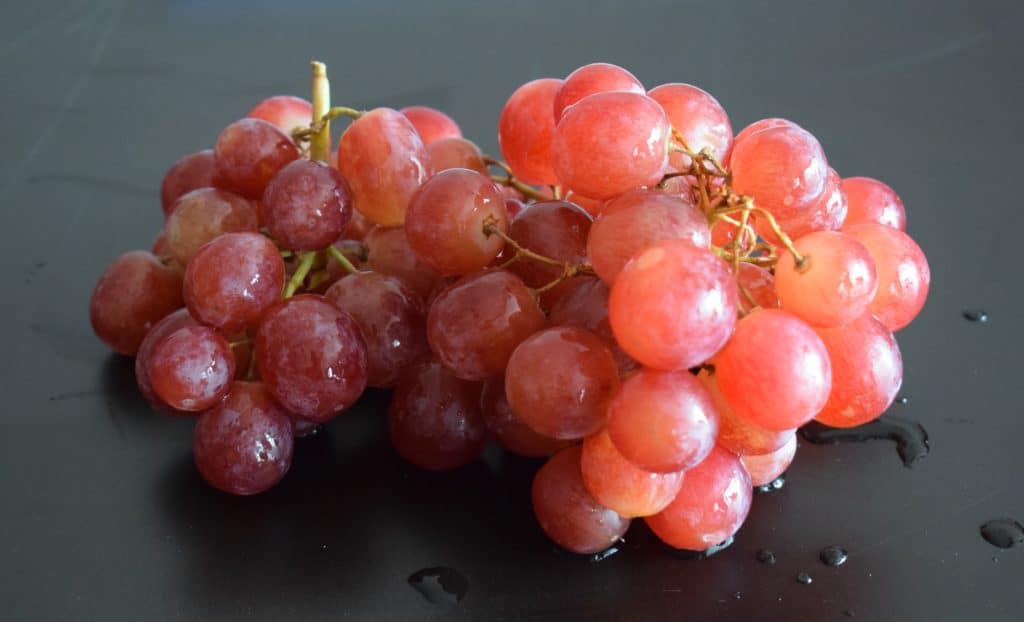
Strawberries
Strawberries is another famous summer snack of the Cape Region. When in season, it’s very affordable, healthy, tasty, and easy to eat – no peeling or cutting required. Moreover, strawberries are a good source of Vitamin C and potassium, while also helping to up your fiber intake.
A fun mid-summer Cape activity is going to a strawberry farm to pick strawberries yourself while filling up your bucket. Strawberries are also a great smoothie ingredient, whether fresh or frozen. Plus, there’s the new trend of freeze-drying strawberries – a tasty treat (available at I-Herb).
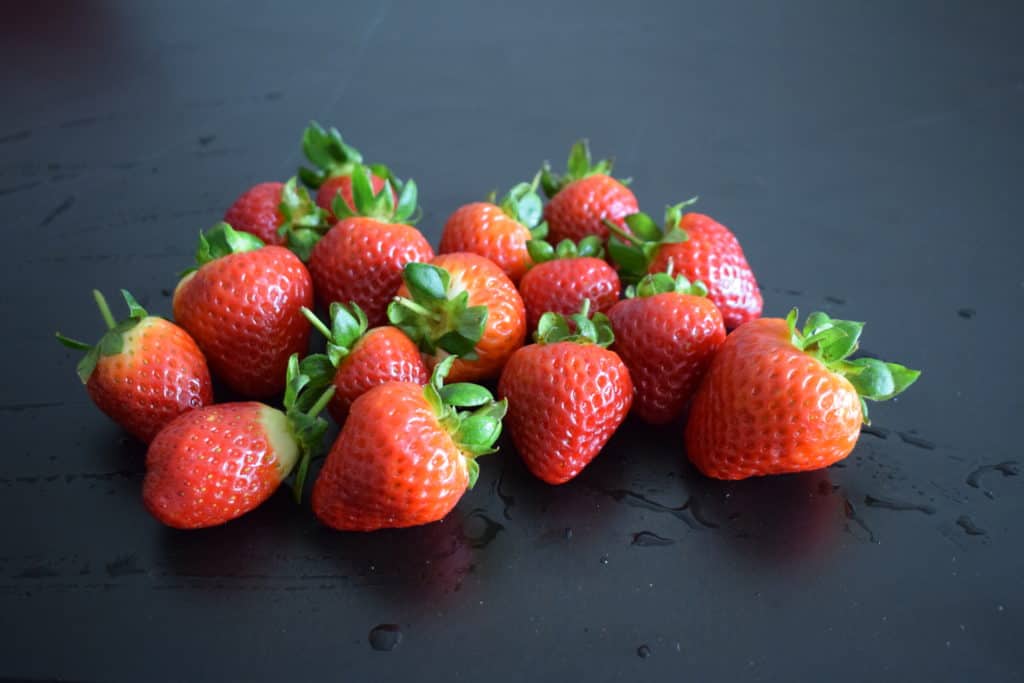
Blueberries
Blueberries are becoming more popular in South Africa (with highest production in the Western Cape province). Up to now, it’s been more expensive than strawberries, but blueberry prices are coming down as local production soars. Blueberry farming mostly takes place under shaded nets, with a very specific soil PH level required. The season is September to Mid-February.
The blueberry’s texture is not that different from grapes. However, the taste is definitely more intensely sweet (thus it tastes better than grapes). Combine this with the phytochemical and anti-oxidant benefits, then blueberry is one of my favorite fruits. It’s also available in freeze-dried form (available at I-Herb – get an updated price here).
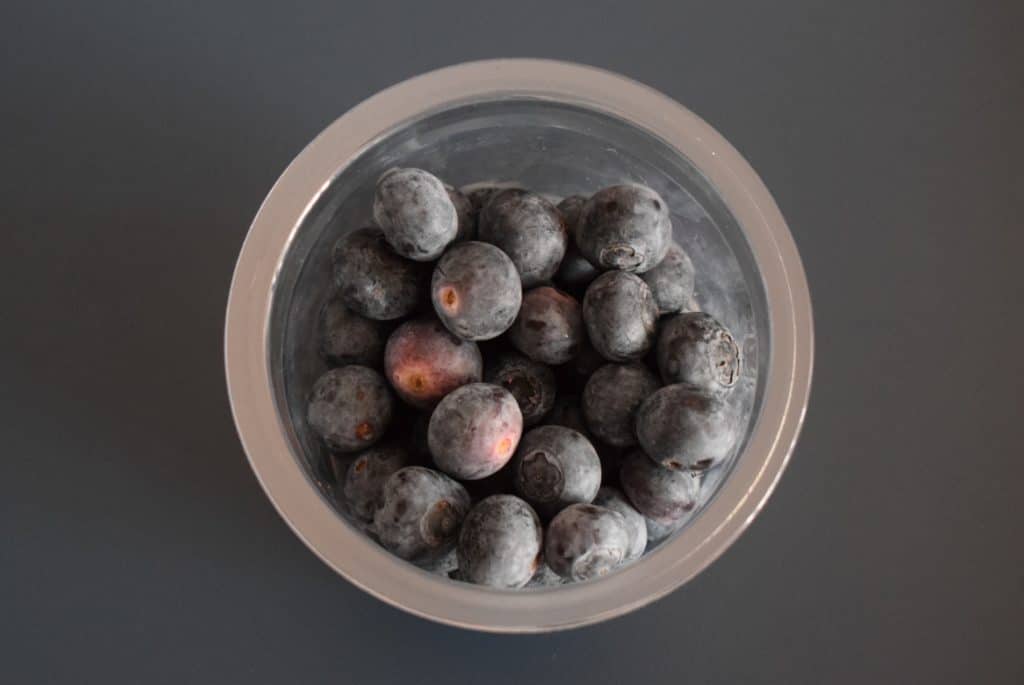
Nectarines
The main difference between nectarines and peaches is that the latter has fluff on the skin, while nectarines are smooth-skinned. The taste is quite similar, although not exactly the same. Peaches are perhaps a little more creamy in texture. If I was forced to describe nectarines as a mix of two fruit, I’d say it’s like a cross between mango and apple. Similar to peaches, the pit can be either free-stone (the pit is loose), or cling-stone (the flesh clings to the pit).
The main production hub for nectarines in South Africa is Ceres (140km from central Cape Town). Nectarine trees fruit in Summer. It’s the same plant-specie as peaches.

Other Cape Fruits
Dragon fruit is another exotic unusual local fruit, with sweet taste (depending on the variety). Read our post on the dragonfruit in a Cape Town backyard garden. The climate also suits apples, pears, peaches, plums, apricots, etc. What you won’t find here though, are tropical fruit like mangoes and bananas. Those you’re more likely to find in the northernmost parts, as well as the east coast of South Africa.
What’s your favorite Cape Fruit? Have you tried any of the above, or is there another fruit you’d suggest? Comment below with your tips and questions.



